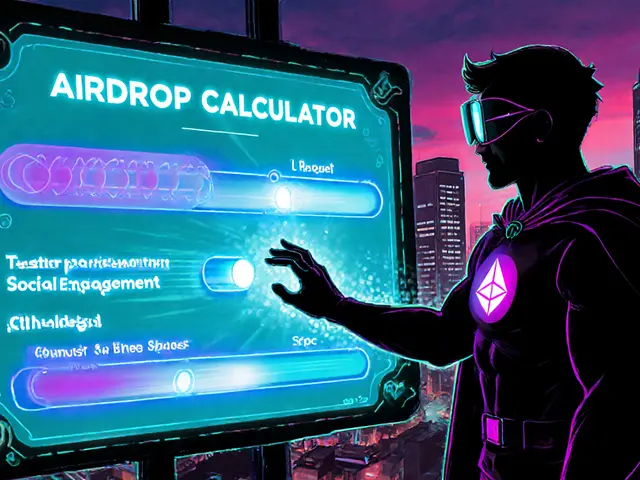ETHPAD Airdrop: Everything You Need to Know
When working with ETHPAD airdrop, a token distribution event that rewards users with free ETHPAD tokens for completing specific tasks on the Ethereum blockchain, you’re diving into a common DeFi promotion. Also known as ETHPAD token giveaway, it blends airdrop, a method projects use to bootstrap communities and spread awareness with the mechanics of the Ethereum network, a public, permission‑less blockchain that supports smart contracts. Understanding how the ETHPAD airdrop works helps you avoid scams, claim rewards efficiently, and gauge the token’s potential impact on the broader market.
Key Aspects of the ETHPAD Airdrop
The ETHPAD airdrop follows three core steps: eligibility, claim and distribution. Eligibility typically hinges on holding a minimum amount of ETH or participating in early testnet activities. The claim process requires a compatible wallet—MetaMask or hardware wallets like Ledger—so you can sign the transaction that moves the free tokens into your address. Distribution timing is usually announced on the project’s official channels, and the tokenomics often allocate a fixed supply to the airdrop pool, leaving the majority for future liquidity and staking programs. This structure means the airdrop not only rewards early adopters but also fuels long‑term network effects.
Security is the next pillar. Real airdrops never ask for private keys, never demand upfront fees, and usually post verification steps on verified social media or the project’s GitHub. Scammers often copy the official logo and URL, so double‑check the domain ends with .eth or .io and look for SSL certificates. Using a dedicated “airdrop” wallet isolates any potential risk and keeps your main holdings safe. Additionally, blockchain explorers let you trace the token’s contract address before you interact, confirming that the token code matches the official announcement.
Beyond the basics, the ETHPAD airdrop influences two broader trends. First, it boosts community growth: each new holder becomes a potential voter in governance and a source of organic marketing. Second, the airdrop’s tokenomics affect price dynamics; large claim windows can create short‑term selling pressure, while lock‑up periods stabilize the market. By understanding these relationships, you can time your claim, decide whether to hold or sell, and even participate in early liquidity pools that may earn additional rewards.
All the posts below dive deeper into each of these angles. You’ll find step‑by‑step claim guides, real‑world examples of legitimate airdrops, security checklists, and analysis of how the ETHPAD token fits into the DeFi ecosystem. Whether you’re a newcomer looking for a safe first claim or an experienced trader hunting the next high‑potential giveaway, the collection gives you actionable insight without the fluff.




